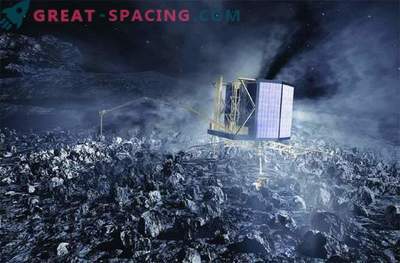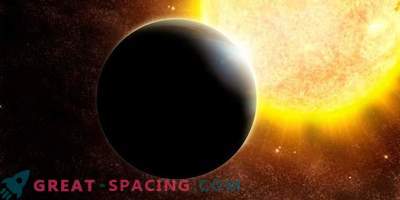
Where did the first water building blocks on Earth come from? A new study suggests that partly the water came from a cloud of gas and dust circulating around the sun. Water consists of two hydrogen atoms and one oxygen. Most likely, rocky asteroids transferred most of the hydrogen to Earth billions of years ago. However, scientists believe that the young Earth could also get hydrogen from the solar nebula. Almost one out of every 100 water molecules on Earth originated from the solar nebula.
In the early solar system, this cloud, which remained after the formation of the sun, contained a large amount of hydrogen. But before this research, scientists did not consider whether the nebula could provide most of the terrestrial hydrogen. To understand the origin of water on our planet, researchers studied its chemical traces, considering the ratio of hydrogen isotopes and different atomic masses.
The ratio of normal hydrogen to deuterium (heavier isotope) in sea water corresponds to the ratio found in water from asteroids. That is, asteroid roots are observed near the earth's water. But hydrogen from the inner part of the planet (not far from the region where the mantle collides with the core) reveals a different story. The data show that these samples had a smaller amount of deuterium than hydrogen, compared with seawater. So there is a non-asteroid source. The earth appeared billions of years ago when smaller asteroids collided and merged into a larger body. The new new-born planet “absorbed” dust and gas from the solar nebula. Hydrogen nebulae plunged into the children's Earth, being attracted to the magnetic core. But hydrogen from asteroids was delayed in what eventually became the mantle.
Asteroid attacks continued to terrorize the Earth, creating our familiar planet and distributing hydrogen with a higher deuterium coefficient in the mantle and oceans of the Earth. Scientists were able to calculate the amount of water volume hidden inside the planet: two oceans in the mantle and four to five in the core. And most of them can relate to the solar nebula.
This suggests that such processes can be repeated on remote exoplanets. It turns out that it can be assumed that the inevitable formation of water will affect any sufficiently large worlds in extrasolar systems.











































